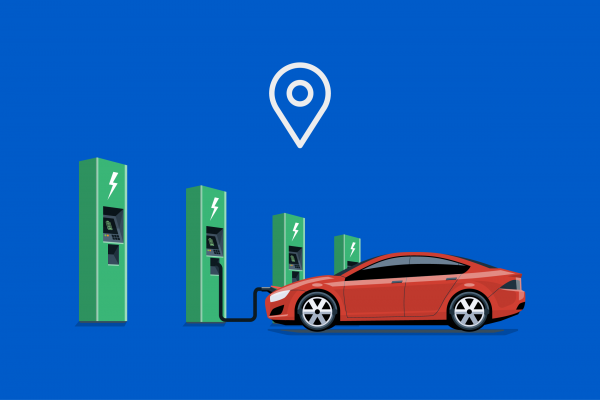The United States Department of Energy, specifically the Pacific
Northwest National Laboratory, today announced that the U.S. existing
electric power grid has enough power to fuel up to 180 million electric
cars. The study is a first for the U.S. government, which is interested
in analyzing the impact of plug-in hybrid cars. Given the necessarily
facilities, such cars could be used in all-electric mode for the
majority of daily commutes (on average, 33 miles round trip per day).
This is, of course, good news for both environmental groups (and the environment in general) and the utility industry. Right now only a few hundred plug-in cars or even on the road, and they’re likely to be modified hybrids or hand-made prototypes. Although, General Motors has already announced a plug-in Saturn.
The new report estimates electricity costs to power a car would be around one-third less the equivalent amount of gasoline. “It is intriguing to think of the trade and national-security benefits if our vehicles switched from oil to electrons,” said Robert Pratt, an energy researcher who is part of the team that worked on the study. “Plus, since the utilities would be selling more electricity without having to build more plants or power lines, electricity prices could go down for everyone.”
According to the report, if plug-in cars were to be mass produced, they would cost between $6,000 and $10,000 more than existing cars. But since electricity is much cheaper than gasoline, you could easily recover this upfront cost within five to eight years (depends on the cost of gas).
The study also explains that if 84% of the 220 million vehicles in the U.S. relied on electricity, emissions of carbon dioxide would be cut by close to 5%. Not only that, smog would have a significant drop in major cities.
But before we get too excited… Sulfur dioxide, the stuff that causes acid rain, would likely rise in the rural areas that have coal-burning power plants because the U.S. gets around half of its electricity from burning coal.
Perhaps I’m drawing too many conclusions with my next remark, but doesn’t that mean we’d have urban city folk (usually with the deeper pockets) paying for cleaner, environment-friendly improvements for where they live at the expense of rural folk (usually with less money) getting the bum deal of more acid rain?
Whatever the case, the report concluded that the overall effect on the environment would be a net positive. Though I feel sorry for those that would get the short end of the stick if the country does move in this direction…
